The Ineos Grenadier Is Great. Or Rubbish. You Decide
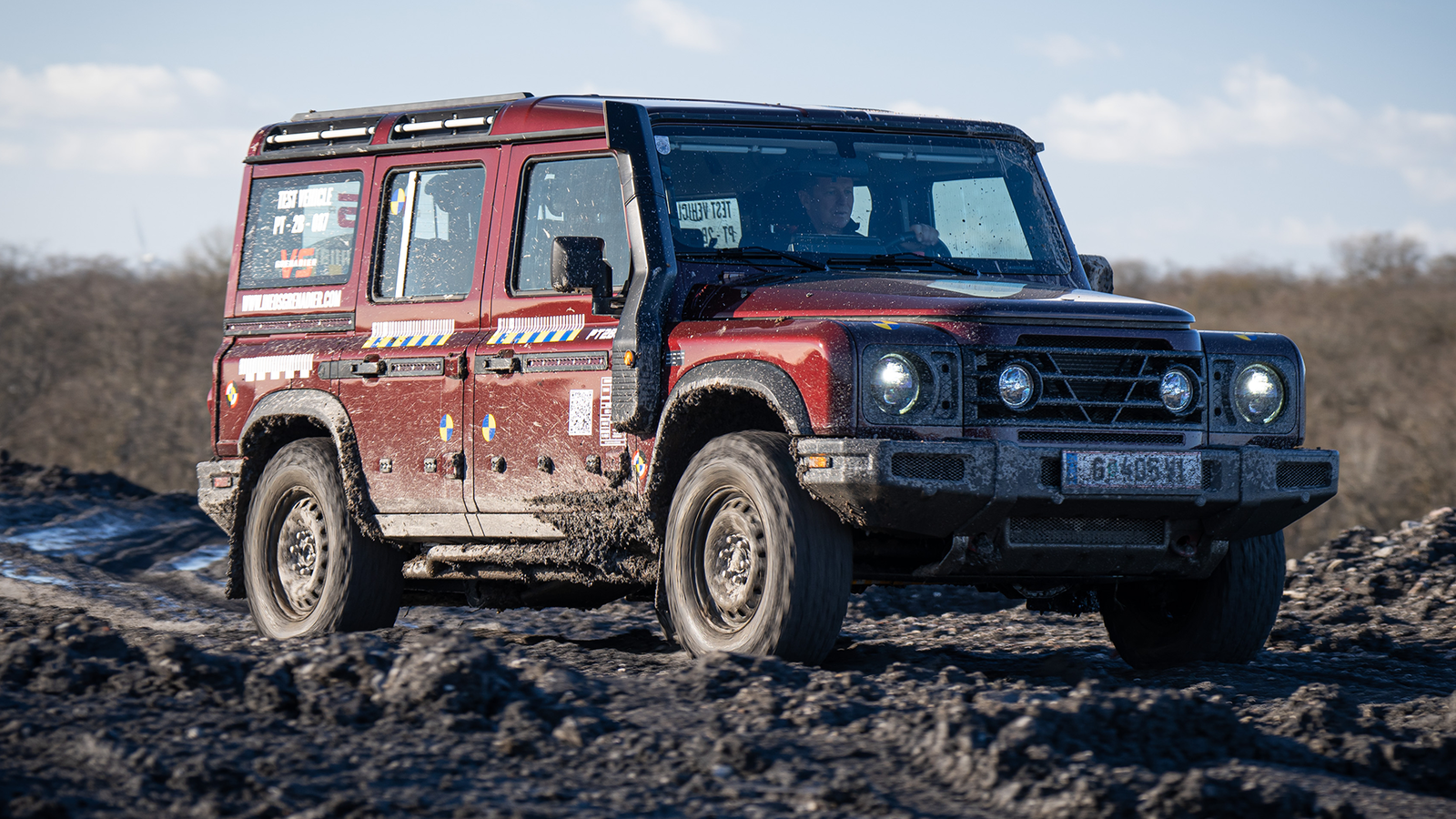
I want to talk about the Suzuki Jimny. Bear with me here, because it’s relevant. The Suzuki Jimny, in case you don’t know, is a small off-roader. It is, objectively, pretty rubbish on the road – it’s loud, the ride quality is terrible, it’s fairly uncomfortable, there’s not much space in it and the steering is almost entirely devoid of feel.
In fact, it’s so bad that it’s sort of fun, in a very old-school way. Driving one on the road is an experience like no other, almost like a ride at an amusement park. Would I want to drive one for any length of time? Hell no. Would I want one in my dream lottery winner’s garage to play with occasionally? Yes, yes I would.
This brilliant-terrible experience is because the Jimny is primarily set up to drive off-road, and it excels at that, with all the engineering features that you need to clamber over inhospitable terrain. As such, it’s won a legion of fans that love its authenticity. So many modern SUVs are clad in faux body protection to give the impression that they could tackle the Rubicon trail, even though they’re front-wheel drive and will never leave the tarmac. But the Jimny walks the walk with the absolute best off-roaders. If you want a small SUV for school runs and supermarket trips, it’s not for you. If you want to go green-laning, mud-plugging or overlanding, it’s great.
Even if you’re not taking your Jimny into the hardcore wilderness, there’s something appealing about the fact that it is a tool built to do a job. The Rolex Submariner you splashed a small fortune on may never dive to 300 metres, but you love the fact that it could, if you wanted it to.
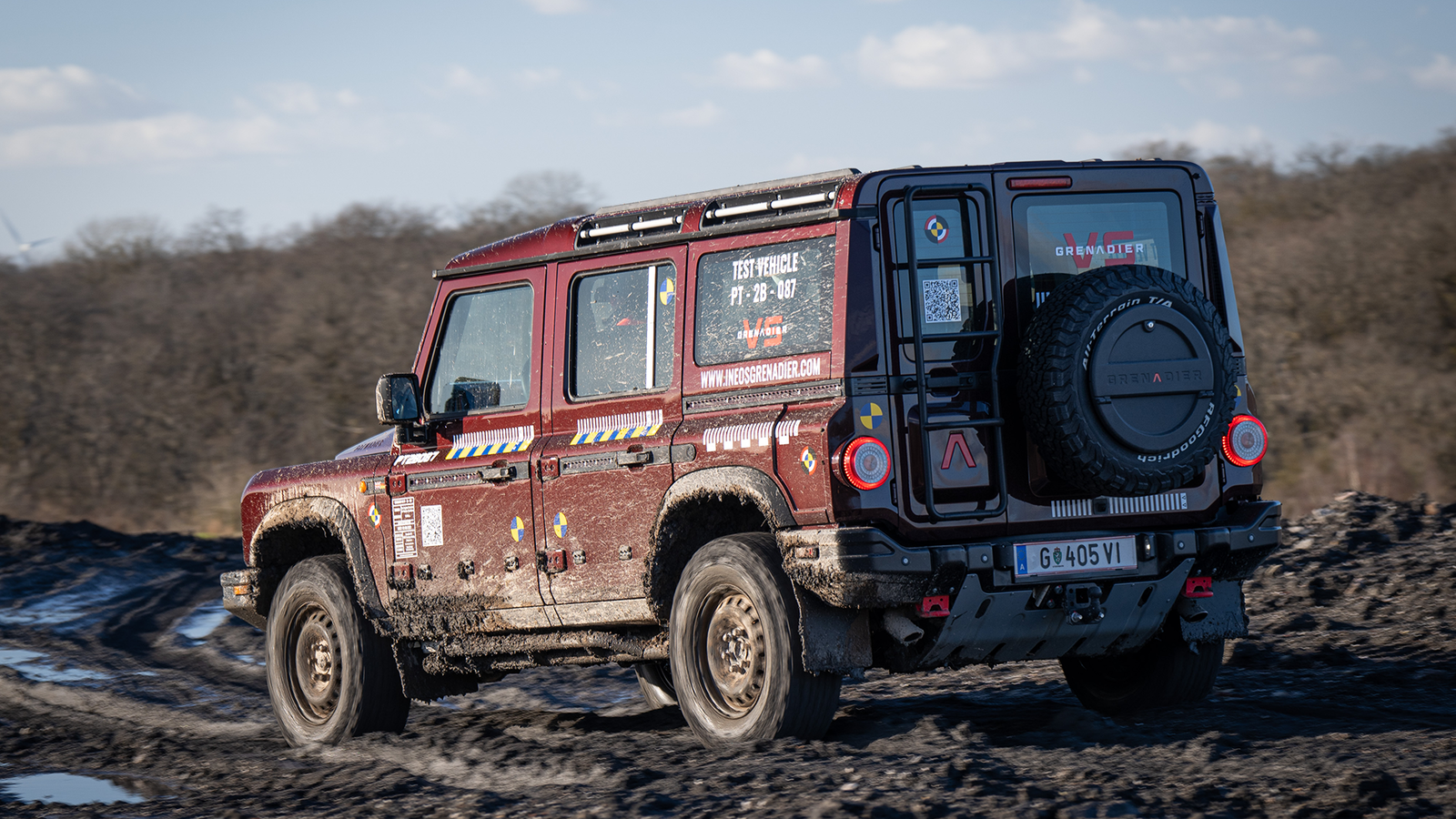
All of which brings us to the Ineos Grenadier, which I spent some time in recently, both on-road and off-road. You probably know its story by now, but just in case you don’t – billionaire chemicals magnate Sir Jim Ratcliffe was sad that the old Land Rover Defender was going out of production, and tried to buy the rights to it from JLR in order to keep building it. He failed, so decided to produce his own spiritual successor, and named it after the London pub in which he had the idea.
A few years and hundreds of millions of pounds later, the Grenadier is here. Built in France in the factory that used to make Smart cars, and part-engineered by Magna-Steyr (the people that make the Mercedes G-Class), it’s ostensibly a rufty-tufty off-roader that, in Fieldmaster form as tested (though not pictured) and at the time of writing, costs from £76,000. Yeah, it’s pricey (bog-standard, two-seat Utility models start at £64,500). The latest luxurious, high-tech Land Rover Defender, by the way, costs from £51,745. Hmm.
What does the Grenadier give you for your not-inconsiderable sum of cash? In this Station Wagon form (you can also get it as a Quartermaster pickup), it’s a box-section ladder-frame chassis with beam axles, a two-speed transfer case, permanent four-wheel drive, a locking centre diff and, if you want them, locking diffs at the front and rear too. Unlike the new Defender, and indeed most modern off-road-capable SUVs, all these bits of kit are mechanical – there’s no fancy electronic assistance here, save for Hill Descent Control and some traction control options. Overall, the Grenadier has half the number of microchips of the latest Defender. Doing It Yourself is sort of the point.
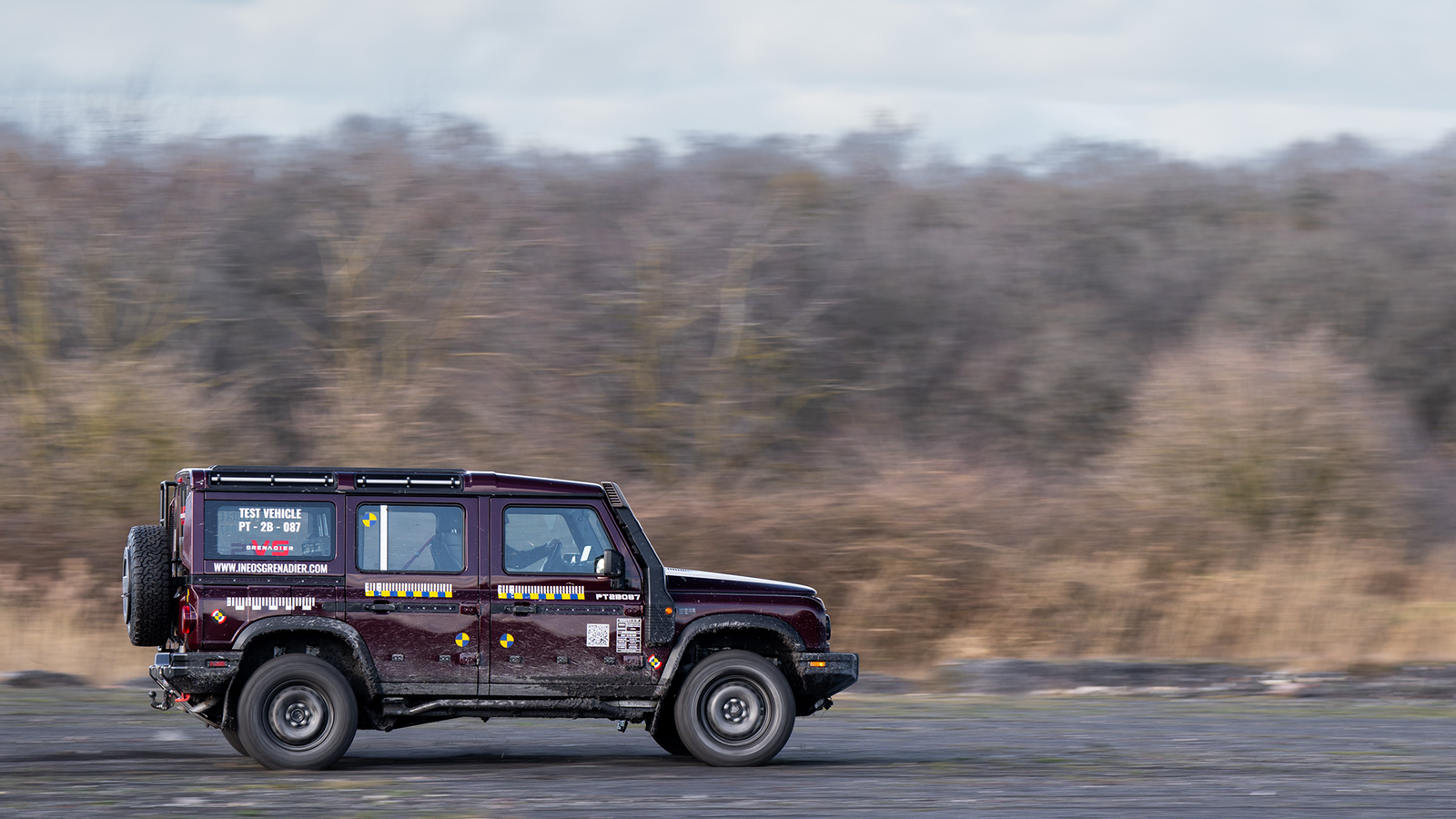
Power comes from a 3.0-litre BMW straight-six petrol engine with 286 horsepower (a 249hp diesel alternative is also available), through a ZF eight-speed automatic gearbox to a choice of BF Goodrich tyres – either off-road focused KO2 models like the ones on my test car, or more road-focused All-Terrain units. The suspension is all traditional springs and dampers, designed to be easily replaced in inhospitable areas. No air-spring malarkey here.
The guys from Ineos are very clear when I arrive for the test: the Grenadier is designed first and foremost for off-road work. That’s its prime objective, and any on-road capability is, essentially, an afterthought. This is very different to most other off-road capable cars at this price point, where on-road performance is as important, if not more, than off-road capability. After all, most customers of £75,000-plus SUVs are going to spend way more time on-road than off.
So, first to the off-road driving. The stretch we tackle is serious terrain – sticky mud trails that have seen days of heavy rain. Steep, gravelly climbs and deep water wading with uneven tracks below. Deeply rutted, boggy fields. While in a Land Rover you’d simply select a setting on the Terrain Response system and press the go pedal, there’s far more interaction in the Grenadier. You clunk the transfer box into low ratio with a satisfying lever, set the traction control settings to not kick in at a moment’s notice, and inch your way forward. There’s no phalanx of external cameras to show you where you’re going and no clever computer to fine-tune your ham-footed pedal-mashing to get you through. If you don’t know what you’re doing, you’ll get stuck quickly. (Luckily, I was accompanied by someone who really did know what they were doing, and advised accordingly.)
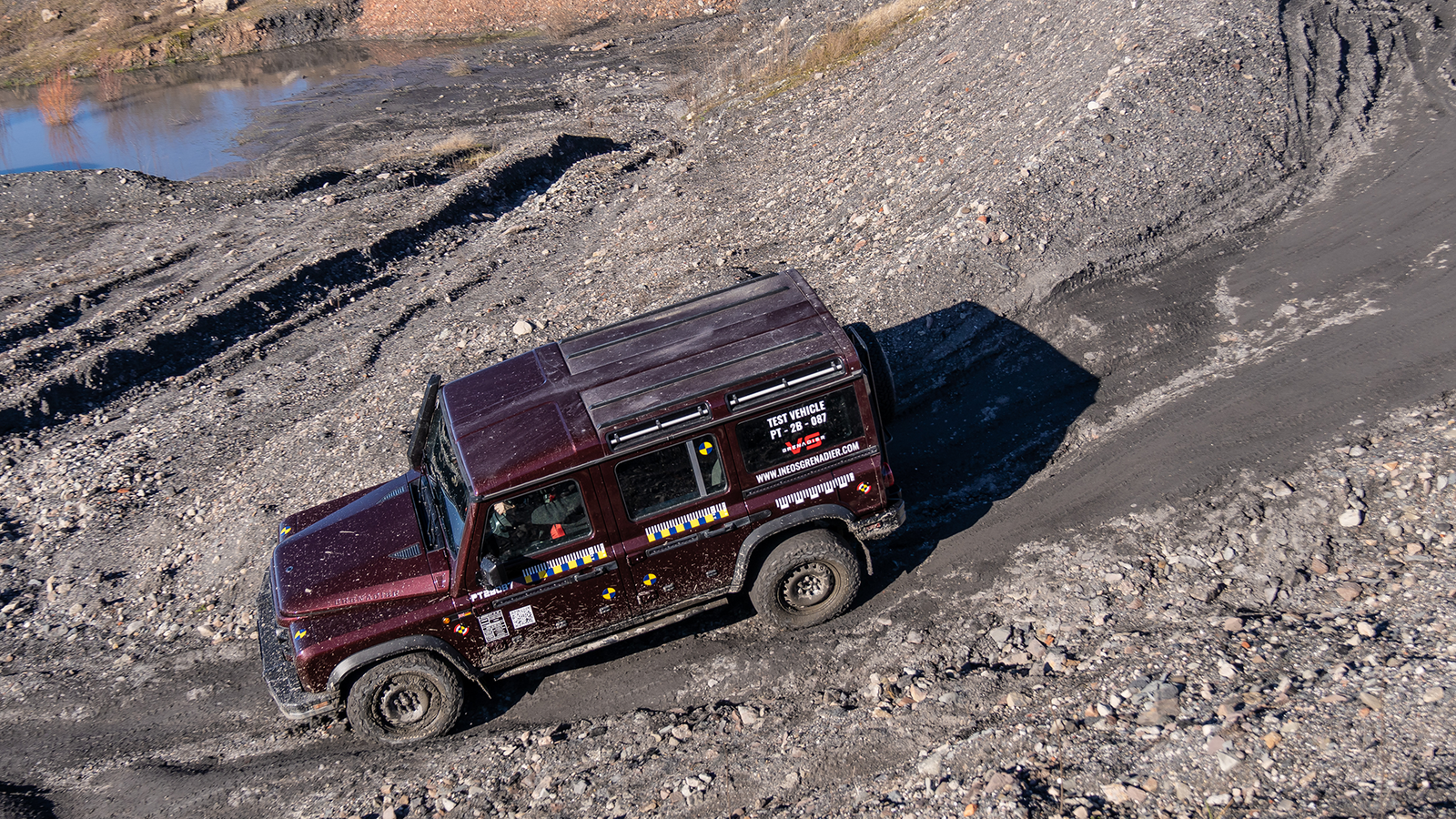
The resultant progress is therefore much more involving and, if you’re into this kind of thing, much more satisfying and enjoyable. Driving a Grenadier off-road is much more akin to driving a Jimny, a Jeep Wrangler or an old Defender than it is a modern tech-filled off-roader, and while it’s way easier in the newer, cleverer machines, it’s nowhere near as much fun.
Off-road, then, the Grenadier is exceedingly capable and very enthusiast-friendly. It’s a car you can enhance your skills in, and it’ll reward you. (Much like exploring the limits in a Porsche 911. Sort of.) It feels like it’s built to last, and if anything breaks it should be easy to replace it, wherever you are in the world.
But what about on-road? Well, it’s not great. The steering is the thing you notice first – Ineos has used an old-fashioned steering box rather than a rack and pinion system, and it’s exceedingly light with very little feel. The lock-to-lock distance is nearly four full turns. This is great for off-road manoeuvring, but turning out 90 degrees on the road requires a lot of fast flailing and big cartoon-like inputs to guide it down twisty roads.
The off-road tyres generate a cacophony of road noise and the sides flex considerably around corners. Any serious bumps in the road send shivers and shudders down the car’s frame even though the dampers soak up the worst of any impact. The ride generally feels unsettled and unsophisticated, although body roll through bends is fairly well contained. The engine and transmission are great – there’s plenty of power from the petrol engine, delivered smoothly, and the diesel alternative has even more torque, so should suit it very nicely. Both will drink through fuel very quickly, however.
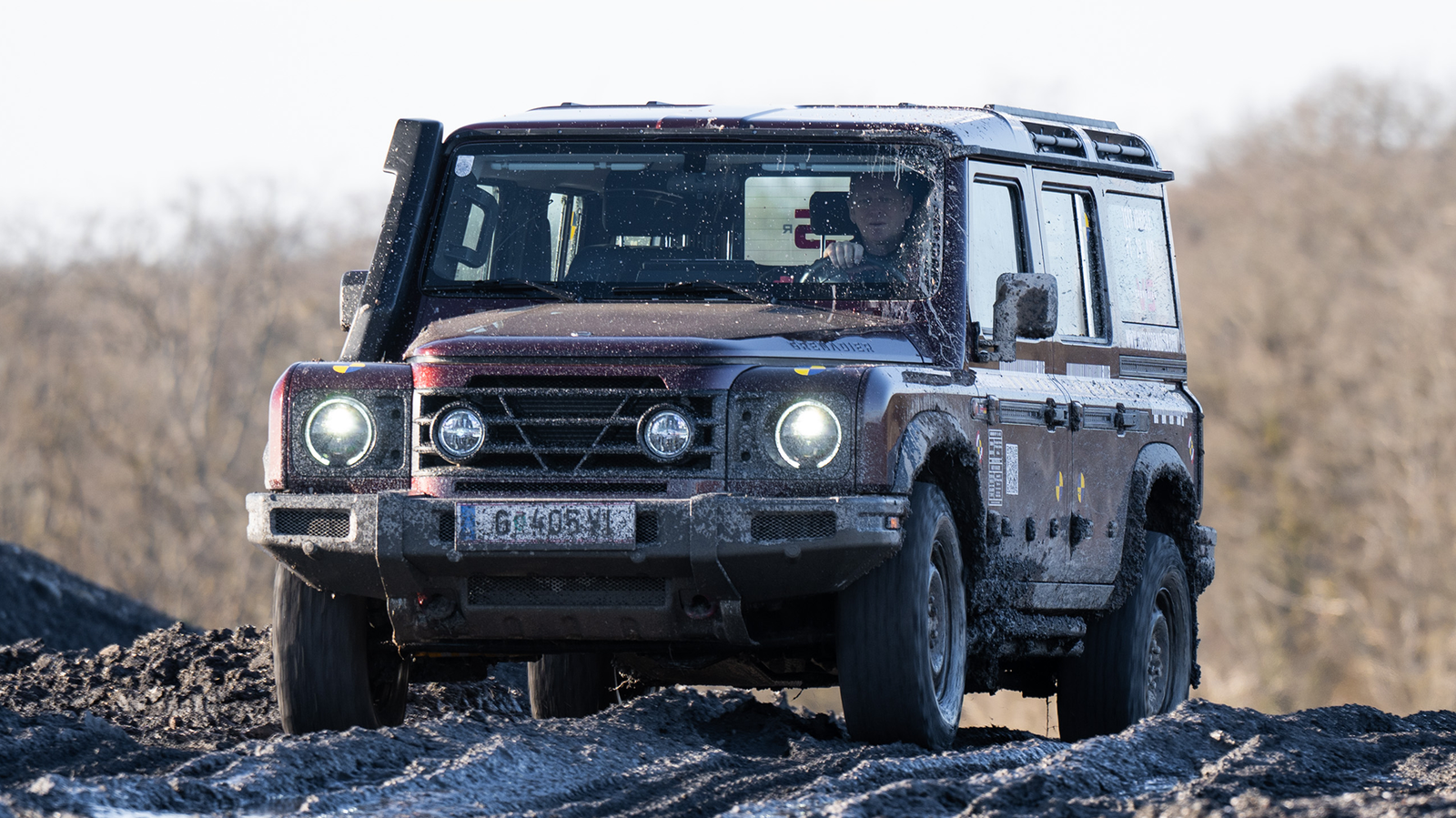
Comfort? Space up front is decent and the Recaro seats are nice and supportive, but it’s tight in the back, and anyone with legs should definitely avoid the middle seat. The materials used inside are far from luxurious although they do feel solid and durable. While it’s nice to see myriad buttons that allow quick presses rather than faddling through a touchscreen menu, there are LOTS of them. Some of them are on the roof, which isn’t the most practical location, even if it does make the cabin look like an aeroplane cockpit and therefore awesome. There’s no instrument panel – all driving info is on the centre screen, like a Tesla, and it’s similarly annoying here. There are no electrically adjustable seats, and no push-button start. Getting in and out requires some athleticism to climb up or jump down.
Let’s say, then, that driving the Grenadier on the road feels… quirky. And, to be fair, it’s better equipped, more comfortable and better on the road than an old Defender. But that’s not a high bar. And this is a £76,000 car – more if you’ve added any options. A Jimny starts at just under £22,000, which makes it easier to enjoy its cack-handed on-road hilarity.
All of which makes this quite a difficult car to review. Has Ineos made what it set out to make – a very capable, very involving, very utilitarian off-roader, a spiritual successor to the iconic Defender? Yes, absolutely it has. If you’re a hardcore off-roader with a big chunk of cash to spend, it’s very good. If you need a robust working car then it’s well worth a look, too. And even if you want something that makes a statement, with a rugged image that can absolutely back up its looks, then look no further.
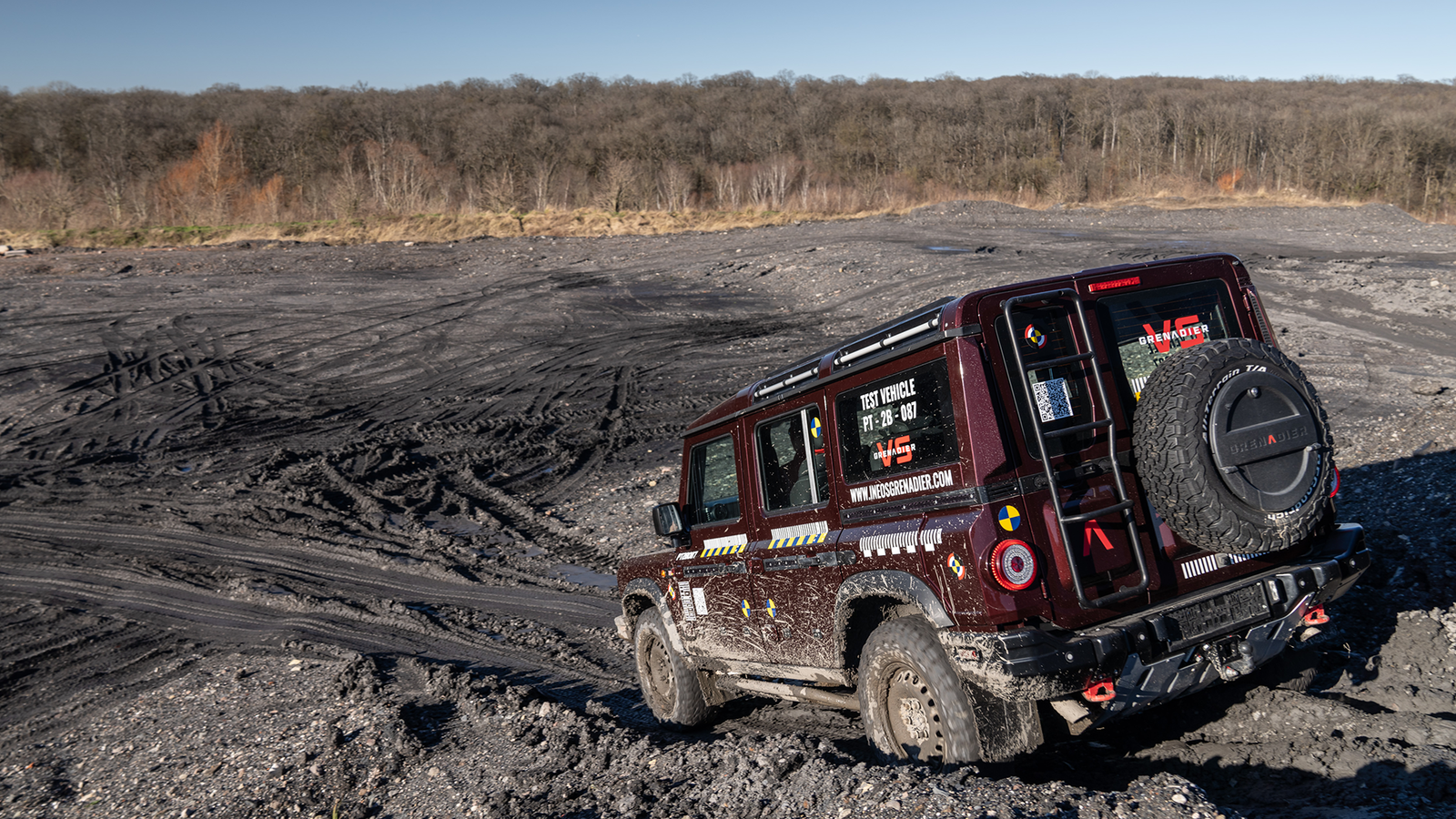
But for the rest of us, it’s massively compromised. Driving a Grenadier week-in, week-out on the school run, to the shops, down the motorway to the grandparents or on the ferry for a week in France would get old very quickly. While you look enviously at other families swooshing along in their new Defenders, you’ll realise that the Grenadier is not for you.
Ineos has made a far more focused car than most machines on the market, with a very narrow and specific aim, and that has a definite old-school appeal. The Grenadier is built to be durable, to clamber over the toughest terrain and conquer new lands. It’s not made to be a comfy family wagon. Is that single-minded dedication to its core philosophy enough to make up for its lack of appeal elsewhere, and is it enough to justify its price tag? That’s something you’ll have to decide for yourself.

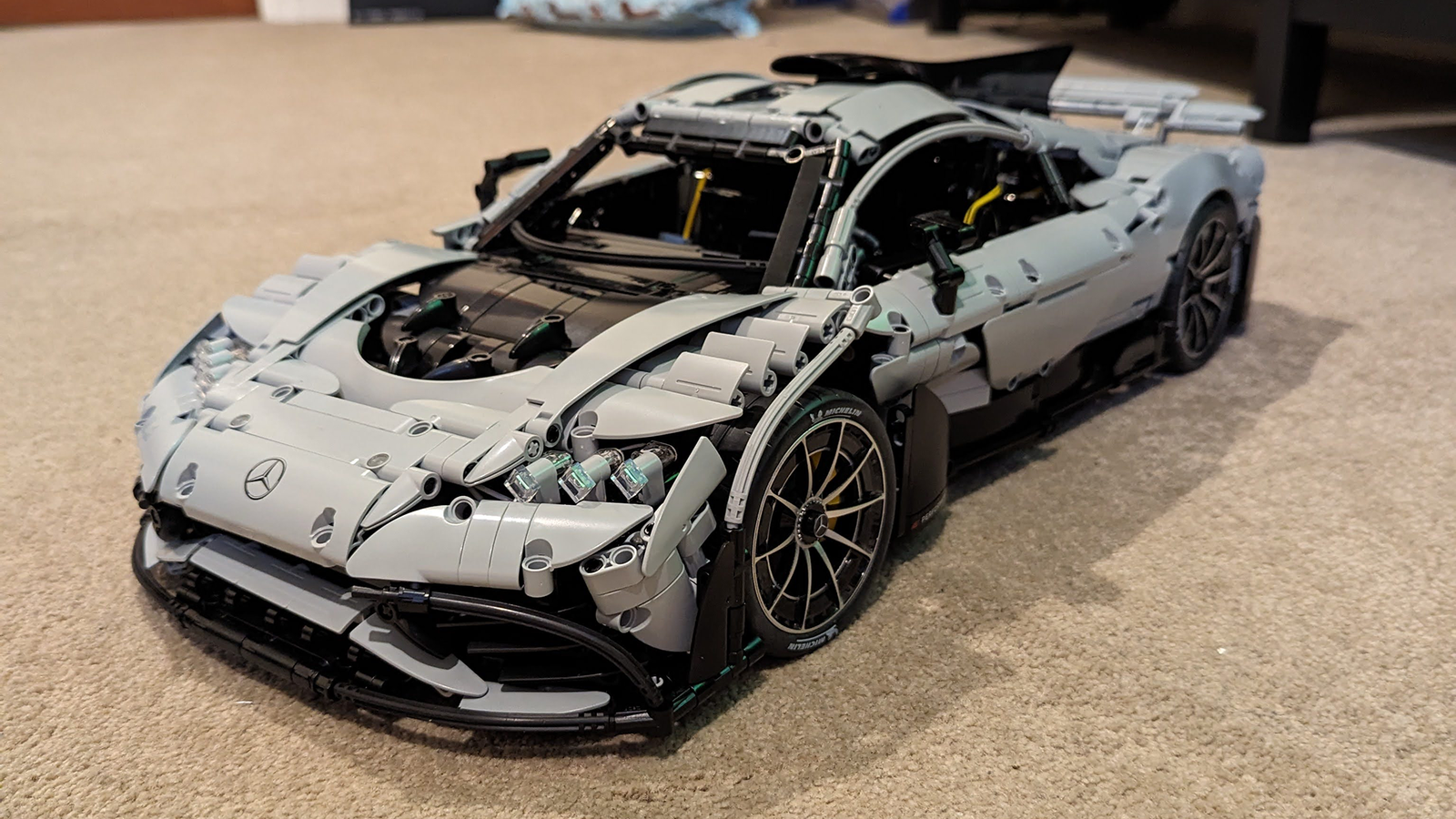

Comments